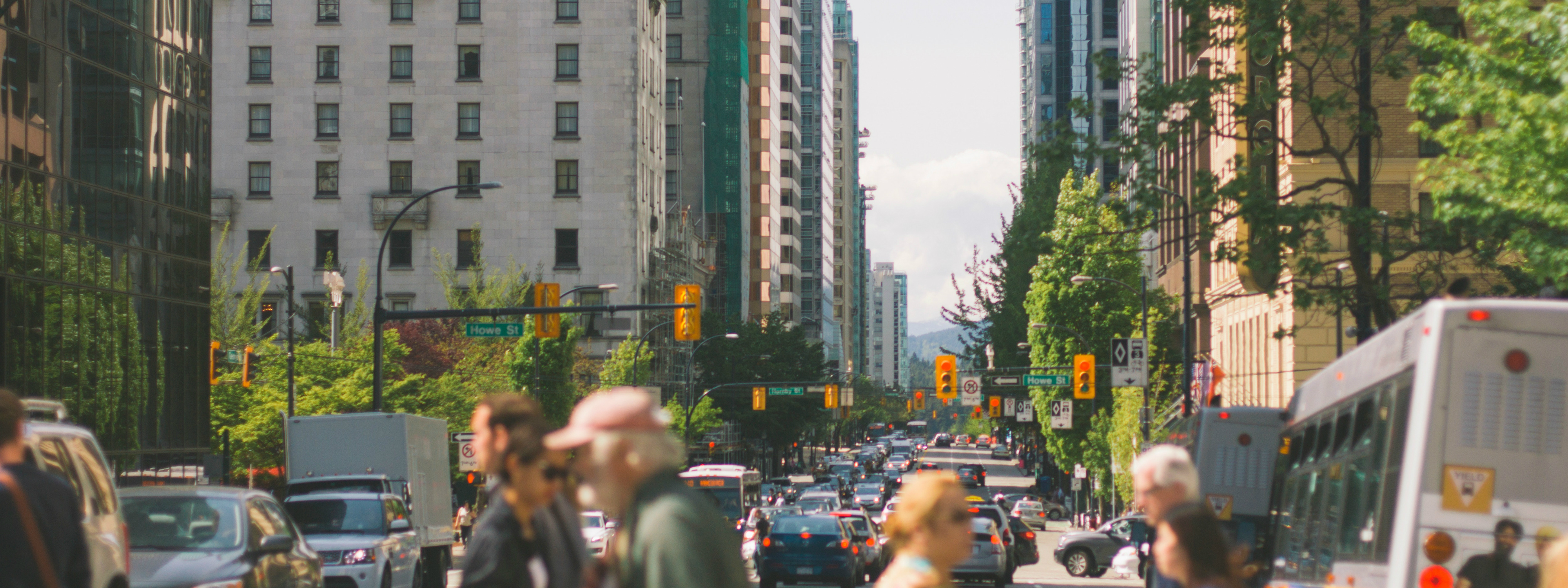Compendium of Best Urban Forest Management Practices
Chapter 22. Economic Value/Appraisal of Trees
Return to the Compendium homepage here:
Compendium of Best Urban Forest Management Practices →

Compendium of Best Urban Forest Management Practices
Return to the Compendium homepage here:
Compendium of Best Urban Forest Management Practices →
Urban forests also provide economic benefits such as increased property values, positive impact on real estate consumer preference, and reduction in energy costs by shading buildings and pavement and lowering surrounding temperatures. A TD Economics Report (2014) found that urban forests in Halifax, Montreal, Vancouver, and Toronto had a combined value of $42 billion, and provided $330 million per year in environmental benefits. Additionally, for each dollar spent on tree maintenance, between $1.88 and $12.70 was returned in benefits, depending on the city, the report found. These values are lower estimates, as they don’t include the value of tourism, recreation, or impact on property values. The report concluded that some of the key economic benefits of urban forests are in reducing runoff and erosion, improving air quality, saving energy, and sequestering carbon.
There are many reasons to conduct tree appraisals. Appraisal methods have been developed and implemented proving that trees have substantial monetary value. The appraisal process can take a considerable amount of time on the site to effectively evaluate all measurable variables. Often, the process involves collecting samples, taking measurements and photographs, interviewing neighbours and evaluating the tree’s environment. Determining the value of a tree considers species type, physical condition such as scarring, storm damage, disease or insect damage, etc. and location factors; these criteria can be found in established tree listings. Tree appraisal courses are available through organizations such as Arboriculture Canada.
Estimating the value of an urban forest might be done by appraising the forest structure – including canopy cover and species composition, and age – as well as by appraising the value of the urban forest’s benefits, including carbon storage and sequestration, air quality improvement, and moderation of the urban heat island effect. Urban forest appraisal tools include remote sensing (e.g. LIDAR), ground-based techniques (e.g. plot sampling, citizen science), spatial analysis (e.g. GIS, Google Maps), and data analysis (e.g. iTree) (Hotte, Nesbitt, Barron, Cowan, & Cheng, 2015).
Tools for economic evaluation and appraisal in urban forestry:
Alexander, C. & DePratto, B. (2014). The Value of Urban Forests in Cities Across Canada. Special Report – TD Economics. Retrieved from https://www.td.com/document/PDF/economics/special/UrbanForestsInCanadianCities.pdf
Alexander, C. & McDonald, C. (2014). Urban Forests: The Value of Trees in the City of Toronto. Special Report: TD Economics. Retrieved from https://www.td.com/document/PDF/economics/special/UrbanForests.pdf
Council of Tree and Landscape Appraisers. (2000). Guide for Plant Appraisal, Ninth Edition.
Farr, K. (2017). Research Brief – Evolving Urban Forest Concepts and Policies in Canada. Natural Resources Canada. https://treecanada.ca/wp-content/uploads/2021/11/Compendium_Chapter22_FarrArticlepage3839-1.pdf
Hotte, N., Nesbitt, L., Barron, S., Cowan, J., & Cheng, Z. C. (2015). The Social and Economic Values of Canada’s Urban Forests: A National Synthesis. UBC Faculty of Forestry and Canadian Forest Service. http://urbanforestry.sites.olt.ubc.ca/files/2016/09/The-Social-and-Economic-Values-of-Canada%E2%80%99s-Urban-Forests-A-National-Synthesis-2015.pdf
Navigation